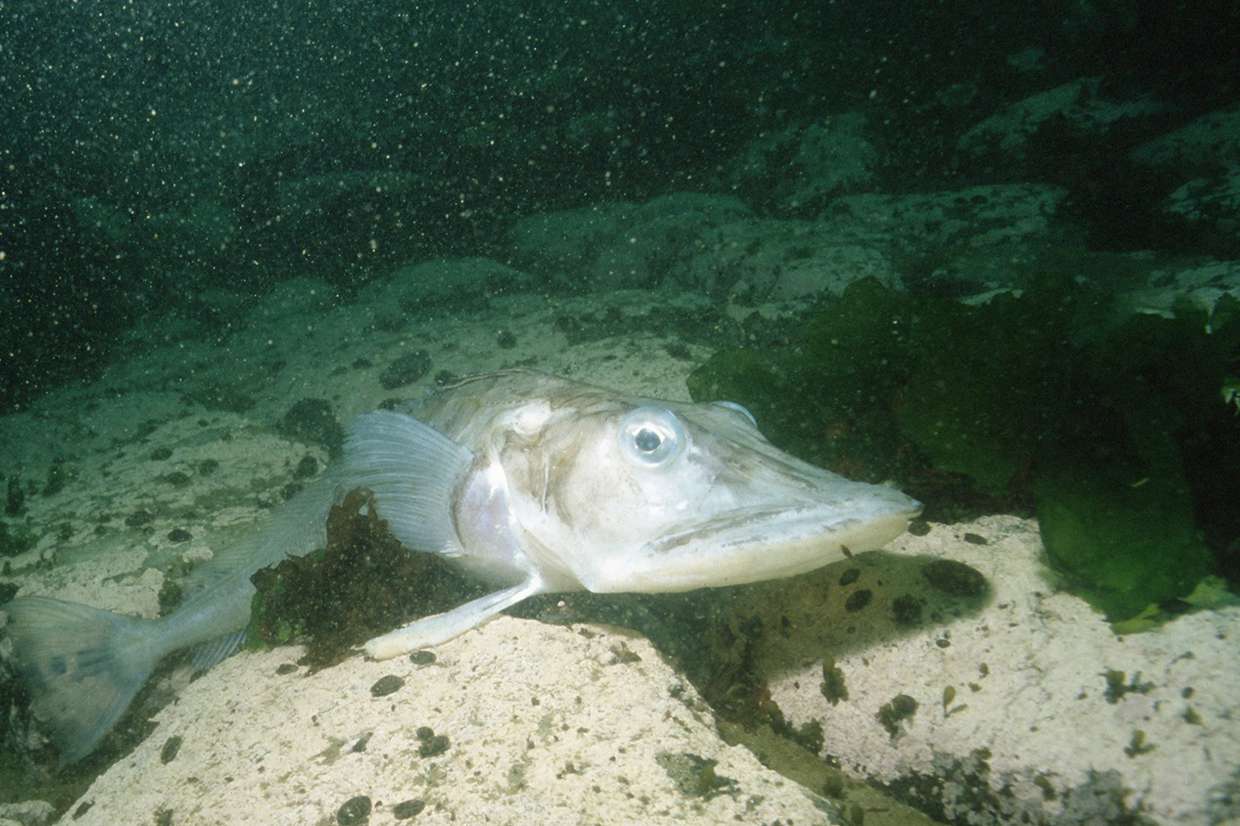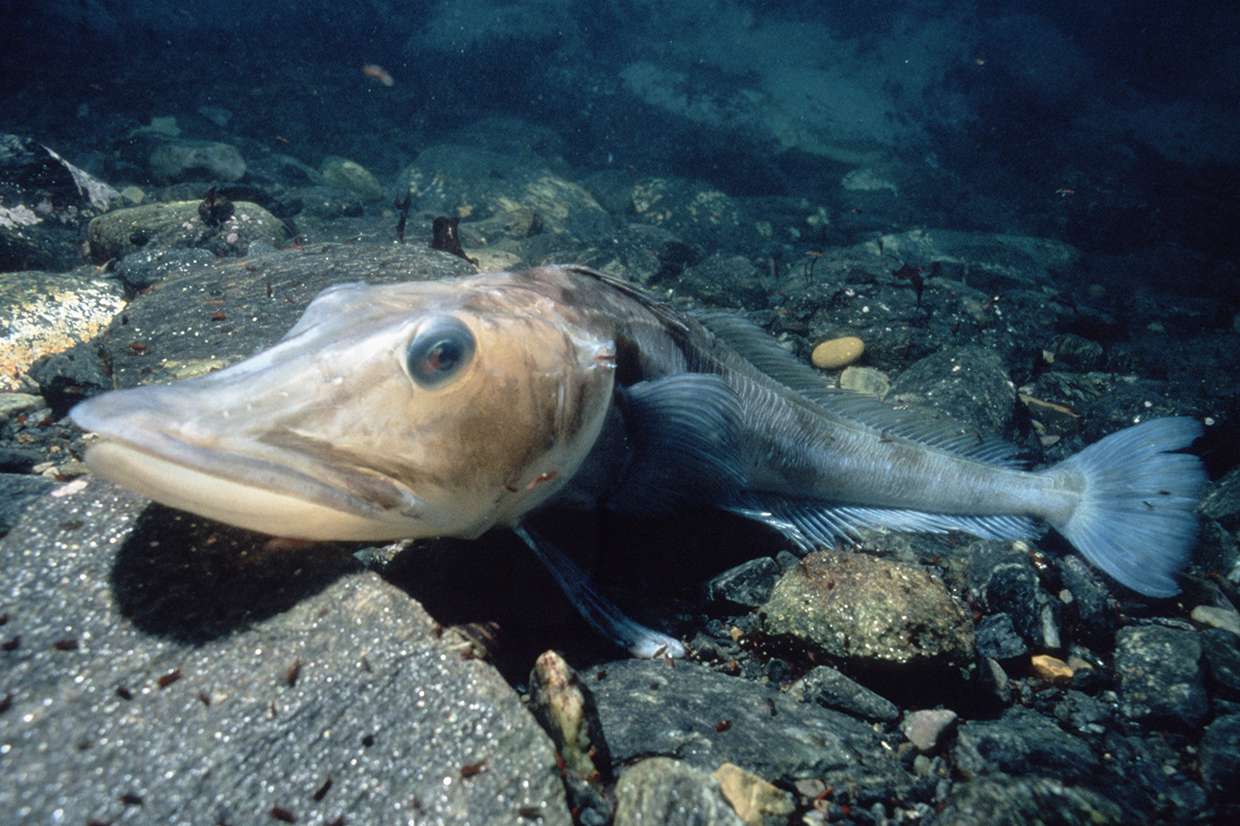
Overfishing
Since the 18th century, when humans first began commercial hunting in the Antarctic’s Southern Ocean, many species have been hunted and fished to near extinction due to commercial activities.
Warm up
In 1980 CCAMLR (Commission for the Conservation of Antarctic Marine Living Resources, entered into force in 1982) was formed to protect and monitor the exploitation of the Southern Ocean within a Convention Area, which applies to the marine living resources living there. The Convention Area is all of the waters bounded by the Antarctic continent to the south, and to the north by a line starting at 50°S, 50°W and then due east to 30°E, then due north to 45°S, then due east to 80°S, then south to 60°S then to 50°W and back to the beginning. Importantly, it also covers areas beyond the Antarctic Treaty’s 60 degrees South zone.
The incidence of illegal, unregulated and unreported (IUU) fishing has been a great cause for concern in the Convention Area. Some targeted species such as the Patagonian Toothfish (sometimes known as the Chilean Sea Bass) are currently being fished unsustainably and therefore, threatening the survival of the whole Southern Ocean ecosystem as well as undermining CCAMLR’s conservation work.
The CCAMLR Fishery reports includes different species that were hunted/fished/caught in the Southern Ocean and Antarctic areas.
-
What is being done to ensure the sustainable use of the Southern Ocean, especially in the Convention Area? Look at the page on this site about The Antarctic Treaty system.
Cold Facts
Are measures working to reduce the incidence of IUU fishing?
Although hunting for seals and whales began in the 18th century, large scale commercial fishing did not begin until the 1970s, beginning with distant water trawler fleets targeting nototheniids, laternfish and icefish.
Long lining fishing began in the mid-1980s to catch Pategonian Toothfish (also know as the Chilean sea bass) which resulted in the bycatch of bird species such as albatross and petrels which drowned when caught in the lines, a more detailed description of this can be found in the section on Conservation. Millions of tonnes of finfish have been taken out of the Southern Ocean as the fishing has followed a pattern. Once fishing of a species was discovered as viable, full-scale unsustainable exploitation began leading to a rapid decline of species then the commercial fishing switches to another species and the cycle starts again.
-
Learn more details about the Southern Ocean and the activities of CCAMLR.


Conservation
CCAMLR (Commission for the Conservation of Antarctic Marine Living Resources) was set up in 1980 under the Antarctic Treaty to manage and protect the marine resources in the Southern Ocean. Conservation under the Convention does include the ‘rational‘ use of the Southern Ocean. However by the end of the 1980s CCAMLR had banned fishing for most finfish species or put into place strict catch limits.
-
Learn more about the impacts of different methods of fishing in the CCAMLR: Fishery reports.
Krill
Fishing for krill began in the 1970s. There was concern at the time that the fishing of krill would negatively impact on the entire Antarctic marine ecosystem because krill is a major food source for many species of whale, seal, bird and fish species. Krill is used for animal feed, aquaculture feed, bait and food for humans. Krill catches peaked at more than 500,000 tonnes in 1981/2. After the Soviet fleet stopped operating in the early 1990s, the krill catch dropped dramatically. The current krill catch is slightly more than 100,000 tonnes a year.
-
Learn more about how the harvesting of krill can impact on the Antarctic marine ecosystem in the National Geographic: “Antarctic Wildlife at Risk From Overfishing, Experts Say”
Over the last 10 years there has been a large increase in illegal, unregulated and unreported (IUU) fishing in the convention area and nearby areas, although IUU has been completely eliminated around South Georgia. Some of the worst activity occurred near the South African Prince Edward Islands and Australia and France agreed to work together to tackle IUU fishing around their overseas territories in the Southern Ocean. Substantial catches of toothfish have been taken by longline fishing and more recently with gillnet fishing. The CCAMLR estimates of IUU fishing are far higher than the allowable (sustainable) catches agreed by CCAMLR. IUU fishing is considered to be fishing that is conducted illegally within the Convention Area or in a way that is against the conservation measures put in place to control and monitor catches.
IUU fishing of toothfish has raised cause for concern. The high level of IUU fishing has had a negative effect on toothfish stocks but has also seriously affected other species in the food web including sea bird populations putting the future sustainability of both groups into question.

Management of the Conservation Area
The aims of CCAMLR are to:
-
Conserve marine life of the Southern Ocean to maintain the ecological balance between harvested and other marine populations and restore depleted populations.
-
Prevent changes/minimise changes to the ecosystem which are not reversible within 20-30 years e.g. introduction of alien species, activities in and around Antarctica, environmental changes.
CCAMLR manages the Southern Ocean using two approaches. The first is a ‘precautionary approach’ where CCAMLR collects all the data it can, then weighs up the uncertainties and gaps in the data and then makes a decision. This prevents delays in decision making that could allow unsustainable practices to continue causing long term impacts on marine life.
CCAMLR also uses an ‘ecosystems approach’ which considers all the natural relationships between organisms and their environment. This approach regulates fishing on certain species but also aims to ensure that fishing does not impact on other species related to the target species.
Conservation measures
CCAMLR has introduced a number of conservation methods to try and monitor and preserve fish stocks. Here are some of the main methods used:
-
Boats need to be licensed to operate in the convention area. Marking fishing boats and fishing gear.
-
Fishing is not allowed unless boats have a license. This sets the specific area, species and time period that fishing is allowed.
-
Port inspections of vessels carrying tooth fish. This is to check that if fishing has been carried out in the Convention Area and whether it was carried out in line with CCAMLR conservation measures.
-
Licensed fishing vessels must be equipped with a satellite-linked vessel monitoring device to communicate their position in the Convention Area. Problems with this may result in licensing being taken away.
-
Catch Documentation Scheme (CDS). The landing of toothfish without a catch document is not allowed. Fishing operators must take steps to identify the origin of the toothfish catch and how it was caught in line with conservation measures.
-
Scheme to ensure CCAMLR conservation measures are followed. Evidence is collected showing vessels which are not working in line with conservation measures. E.g. fishing without a licence, not recording or declaring catches.
To learn more about these methods visit the following websites:
-
To learn more about conservation in the Southern Ocean visit Australian Antarctic Division: Conserving Southern Ocean ecosystems: chequered past, difficult future
-
There is a census of Antarctic marine life at Census of Antarctic Marine Life (CAML)
Student activity
Analysing data
This task is designed to analyse the relationship between the numbers of IUU caught toothfish and time. From this you may be able to infer whether the management of the Southern Ocean has been a success.
Before you begin download the spreadsheet and helpsheet:
-
Toothfish spreadsheet (Excel)
-
Toothfish helpsheet (Word)
- Open the data for IUU toothfish in the Excell spreadsheet.
- Decide on an appropriate hypothesis and null hypothesis for this data.
- Decide on and create an appropriate graph to display this data. Justify your choice of graph.
- Conduct a statistical analysis to show the relationship between the years and the quantity of IUU toothfish caught using Pearson’s correlation test or Spearman’s Rank Correlation Coefficient.
- Using your statistical analysis data, suggest reasons for the relationship between the amount of IUU toothfish caught and the years.
- Suggest other factors which may also influence the trend in this data.
- Give reasons why these ICT techniques (in question 4) are effective in geography.







